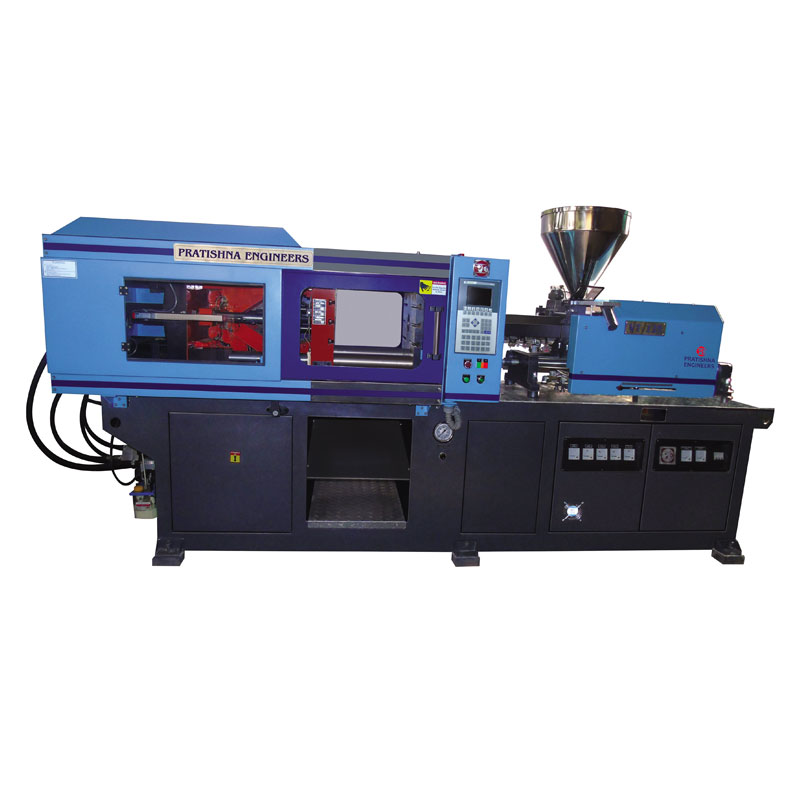Two-platen injection molding machines are at the forefront of innovation in the manufacturing sector, offering exceptional solutions for large-scale projects. From automotive components to industrial housings, these machines are redefining how large and complex plastic parts are molded. With superior clamping forces, space efficiency, and advanced precision, two-platen injection molding machines have become indispensable for high-volume production. This article delves into their key applications, benefits, and why they are the go-to choice for large-scale manufacturing projects.
Understanding Two-Platen Injection Moulding Machines
Two-platen injection molding machines utilize a unique design comprising a fixed and movable platen, eliminating the need for a third platen. This design significantly reduces the machine’s footprint while enhancing its ability to handle larger molds and deliver precise molding solutions.
Key Features
- Space-Efficient Design: Compact layout ideal for factories with limited floor space.
- High Clamping Force: Provides the strength required for large and thick parts.
- Improved Accessibility: Easier mold changes and maintenance due to open access to the mold cavity.
- Energy Efficiency: Equipped with servo-motor technology for reduced power consumption.
- Precision Molding: Ensures tight tolerances and dimensional accuracy.
Applications of Two-Platen Injection Moulding Machines
Two-platen machines excel in various industries requiring the production of large, intricate plastic components. Below are the most common applications:
- Automotive Industry
Two-platen machines are widely used to manufacture large automotive parts due to their ability to handle complex molds with precision and consistency. Key components include:
- Bumpers
- Dashboards
- Fenders
- Door panels
- Engine covers
- Industrial Equipment Housing
These machines are ideal for producing enclosures for machinery and control panels. The robust clamping system ensures uniformity and stability in these large parts.
- Household Appliances
Large components for appliances such as refrigerators, washing machines, and dishwashers are molded using two-platen machines. These parts demand high dimensional accuracy and consistent quality.
- Construction Sector
Plastic panels for building facades, window frames, and structural supports are effectively manufactured using two-platen machines, thanks to their ability to handle large molds.
- Logistics and Storage
Two-platen machines are extensively used to produce large bins, pallets, and crates. These products require durability and precision to withstand rigorous use.
- Medical Equipment Enclosures
Large plastic casings for medical devices like MRI machines and CT scanners are another key application. The clean and precise operation of two-platen machines makes them suitable for medical-grade production.
Benefits of Two-Platen Injection Moulding Machines
- Large Mold Capacity
Two-platen machines are designed to accommodate large and complex molds, making them ideal for producing sizeable plastic parts with intricate designs.
- High Clamping Force
The robust clamping system ensures that the molds remain securely closed during the injection process, enabling the production of thick and heavy parts.
- Space Efficiency
Compared to three-platen machines, two-platen machines have a smaller footprint, saving valuable factory space.
- Enhanced Accessibility
The open design allows for easier mold changes and maintenance, improving operational efficiency.
- Precision and Consistency
Servo-driven systems and advanced controls ensure high precision, tight tolerances, and repeatable results.
- Energy Savings
Servo-motor technology reduces energy consumption, leading to significant cost savings over time.
Popular Two-Platen Injection Molding Machines
DYOTA Series
The DYOTA Series features a space-saving two-platen design with advanced servo-technology, ensuring high performance and energy efficiency.
Key Highlights:
- Flexible Clamping System: Modular design with independent clamping cylinders for even force distribution.
- Quick Mold Changes: Allows for side mold changes, particularly useful in factories with height limitations.
- Energy Efficiency: Servo-driven pumps and continuous oil filtration reduce energy and maintenance costs.
DKM-TP Series
Renowned for its precision and reliability, the DKM-TP Series is suitable for automotive, packaging, and industrial applications.
Key Features:
- Clamping Force: 600 to 4,000 tons.
- Advanced Control System: Enables real-time monitoring and process optimization.
- Safety Features: Includes interlocks, emergency stop buttons, and fault detection systems.
Challenges of Two-Platen Injection Moulding Machines
- Initial Investment
The upfront cost of two-platen machines is higher than traditional three-platen systems. However, the long-term savings in energy and maintenance often offset this expense.
- Complexity of Operation
Due to their advanced technology, these machines may require skilled operators and additional training for optimal use.
Future of Two-Platen Injection Moulding Machines
- Industry 4.0 Integration
Smart technologies like IoT and AI are increasingly being incorporated, enabling predictive maintenance and real-time analytics.
- Advanced Materials
Two-platen machines are being adapted to handle innovative materials like bioplastics, supporting sustainability initiatives.
- Modular Designs
Future designs will focus on modularity, allowing manufacturers to easily upgrade or scale their operations.
Why Choose Two-Platen Injection Moulding Machines?
Two-platen injection molding machines are transforming large-scale manufacturing with their space efficiency, precision, and energy-saving capabilities. From automotive to medical and logistics, these machines offer unparalleled benefits for producing high-quality, large-scale plastic components.
Explore a wide range of advanced two-platen injection molding machines at Pratishna Engineers and Pratishna Machines. Invest in cutting-edge technology to elevate your production capabilities today.

